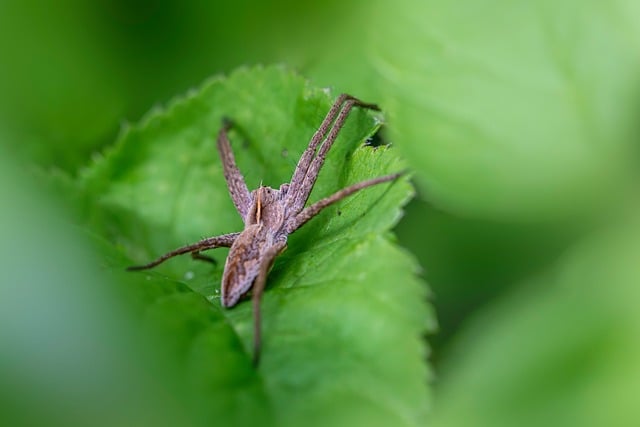Early identification is key to managing spider infestations in Littleton homes. Regularly inspect for webbing, holes, fine dust, and droppings. Act immediately by thoroughly cleaning, removing debris, sealing entry points, and improving ventilation to prevent future invasions.
Are you tired of finding spiders in your Littleton home? Understanding how to recognize a spider infestation is the first step towards a pest-free environment. This guide will walk you through identifying common signs and symptoms, delving into the cleanup process, and providing effective preventative measures. Learn how to effectively remove spiders and webs, protect your home from future invasions, and reclaim your living space with confidence. Discover the secrets to identifying a spider infestation in your Littleton home today.
- Recognizing Spider Infestations: Signs and Symptoms in Your Littleton Home
- The Cleanup Process: Steps to Effectively Remove Spiders and Webs
- Preventative Measures: Protecting Your Home from Future Spider Invasions
Recognizing Spider Infestations: Signs and Symptoms in Your Littleton Home

If you suspect a spider infestation in your Littleton home, it’s crucial to recognize the signs early on. Spiders typically leave behind webbing as their primary mark, which can be found in corners, along ceiling joints, and inside attics or crawl spaces. Keep an eye out for irregular patterns of sticky threads, especially if they’ve formed complex, intricate webs. These structures are often a clear indication that spiders have taken up residence in your attic or walls.
Beyond webbing, look for small holes chewed into packaging materials, cardboard boxes, or fabrics. Spiders also leave behind fine, red or brown dust from the silk and debris they produce. If you spot tiny droppings (often mistaken for cockroach waste) or notice a distinct musty odor, it could point to an active spider infestation. Regular inspections and prompt action are key in effectively identifying and mitigating these infestations.
The Cleanup Process: Steps to Effectively Remove Spiders and Webs

When dealing with an attic spider infestation, understanding the cleanup process is crucial for effective removal and preventing future invasions. The first step is to identify the extent of the problem by inspecting every corner of your Littleton home’s attic. Look for webs, especially in dark, undisturbed areas, as spiders often build their homes there. Check for live or dead spiders, eggs sacs, and any signs of recent activity, such as small droppings or silken threads.
Once identified, the cleanup process begins. Start by donning protective gear, including gloves and a mask, to avoid direct contact with spider parts or venom. Remove all loose debris, insulation, and stored items from the attic, placing them in sealed bags for disposal. Next, use a vacuum cleaner with a powerful suction to meticulously clean webs and remove any spiders or eggs sacs you find. After cleaning, thoroughly dust all surfaces and replace any damaged or soiled materials to ensure a spider-free environment.
Preventative Measures: Protecting Your Home from Future Spider Invasions

Identifying a spider infestation in your Littleton home is the first step towards prevention. Regular inspections, especially in areas like attics and crawl spaces, can help detect webs, eggs sacs, or live spiders early on. Look for telltale signs like silk threads, small holes in fabrics, or even dead spiders, as these indications can signal an existing problem.
To protect your home from future invasions, consider implementing preventative measures. Seal entry points by filling cracks and gaps around windows, doors, and vents with caulk or weatherstripping. Ensure proper ventilation in the attic to discourage spiders from setting up camp, and regularly clean and vacuum your home, paying close attention to corners, ceilings, and hard-to-reach areas where spiders tend to hide.
Identifying a spider infestation early through recognizing signs and symptoms, such as intricate web patterns and unusual noises, is crucial for an effective cleanup. Following a structured process that involves removal, cleaning, and sealing entry points can help eliminate spiders and prevent future invasions in your Littleton home. Implementing preventative measures like regular inspections, maintaining cleanliness, and sealing potential entry points will create a less welcoming environment for these arachnids. By combining these strategies, you’ll be well-equipped to manage and mitigate spider infestations, ensuring a safer, more comfortable living space.
